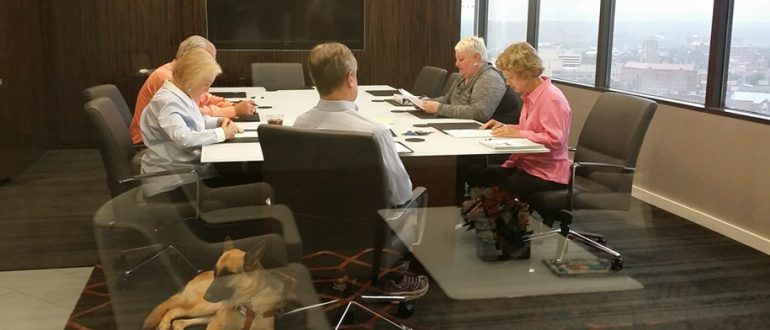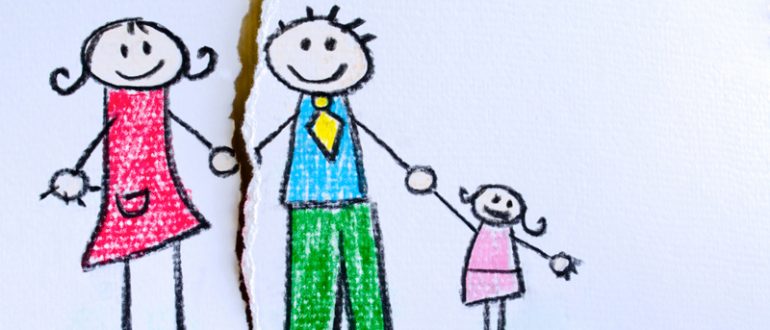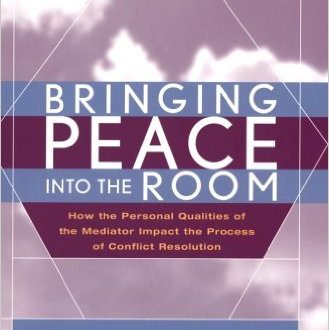We have just finished a big family mediation training: 46 hours in 9 days over four weeks. Wow! We had a very lively class, full of ideas and questions, all willing to engage fully in roleplay and in-class mediation exercises. Our class included future mediators of all ages and backgrounds. Over the next few months, our staff will be scheduling each of them to observe real mediations and then to “debrief” confidentially with the mediators on the case and with our staff. The participants give permission and ethical rules are followed. All observers sign a strict confidentiality agreement called “the agreement to mediate” along with each person at the mediation session. Observers understand they are there to observe and learn from the co-mediators.
No, it’s not like watching legislation get “made”! Watching mediation is one of the most enlightening of activities for all mediators, new and seasoned. Throughout the observation period, new mediators are mentored and unlimited opportunities to ask questions of CMC staff and other experienced mediators. The “comfort zone” of mentoring and supervision and co-mediation continues in all our programs. This is how CMC has been training mediators for 23 years.
We are very grateful to work with University of Tennessee College of Law and so happy to have 15 law students enrolled in the UT Mediation Clinic be a part of our class. The law students will intern with us, observing and co-mediating, until they have to prepare to graduate from law school and take their bar exams. Thank you, Class of Winter, 2017. (And no snow and ice cancellations, for once!)




